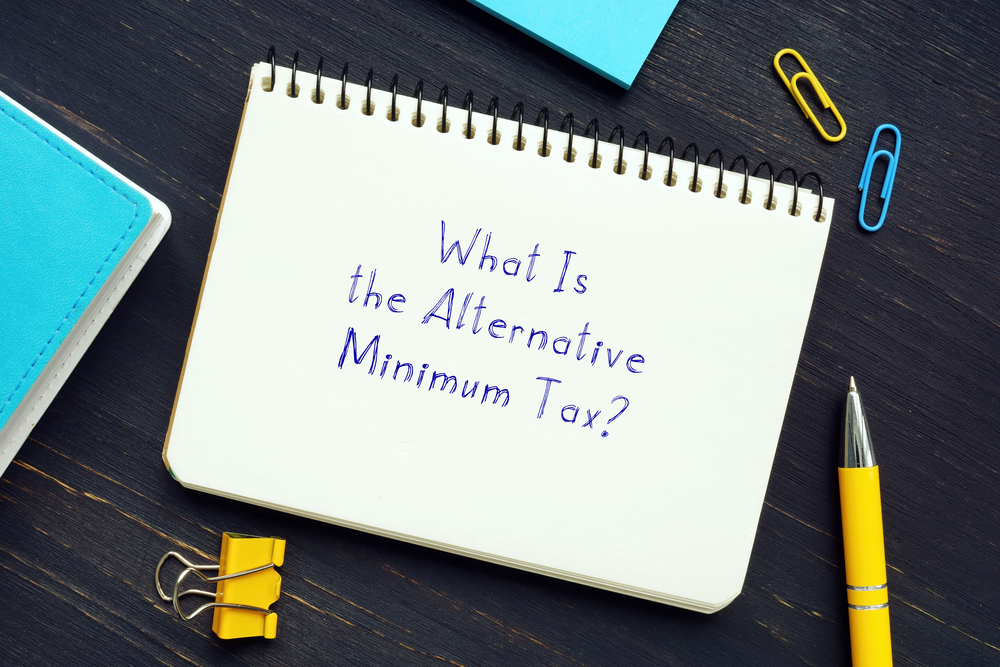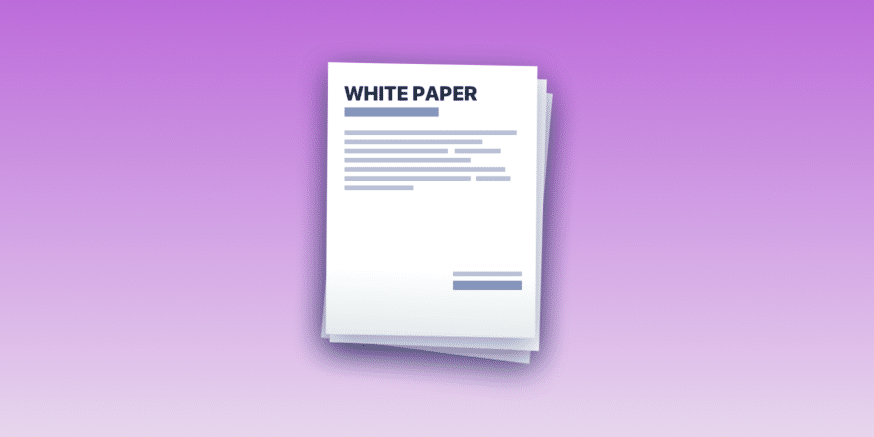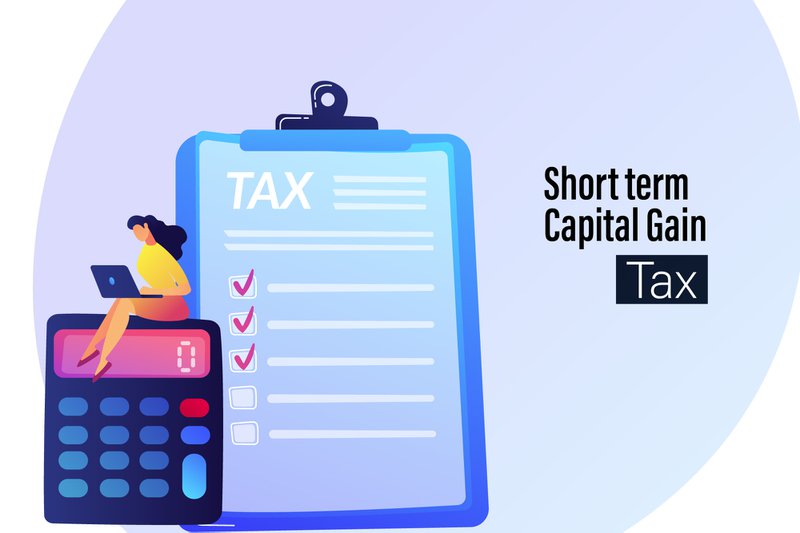The government charges alternative minimum tax (AMT) in India at 18.5% + 15% surcharge + 4% health and education cess. The alternative minimum tax is applicable on adjusted total income. The rate is applicable when the tax on total income is less than the alternative minimum tax. The adjusted total income becomes the total income, chargeable at 18.5%, irrespective of the regular rates. Moreover, this rate applies to a person other than a company.
Additionally, if the person is a unit or company located in IFSC (International Financial Services Centre) and receives income in the form of foreign currency only, the alternative minimum tax in India is 9%.
Moreover, all taxpayers who claim AMT provisions need to obtain a report from a chartered accountant. It certifies that the AMT computation is as per the income tax act. They need to submit form 29C and the report on or before the due date of filing the income tax return.

History of Alternative Minimum Tax in India
The government introduced various deductions, exemptions, and incentives to encourage investments. These benefits help eligible taxpayers to pay zero taxes or marginal taxes. However, the government needs a regular flow of taxes as income to fund projects for the growth and development of the country. Hence, to ensure that the deductions do not take away their entire income and levy zero and marginal tax rates on companies, a mid-path was found, and the minimum tax was introduced.
Initially, the government introduced a minimum alternate tax (MAT). They collected minimum tax from companies who claimed deductions and profit-linked incentives in a financial year where regular tax is less than MAT. The minimum alternate tax was computed on adjusted total income. The company had to make some additions and deduct certain items and later pay a lower tax than the usual one on the adjusted total income. But, the minimum alternate tax was solely for companies.
However, set-off and carry forward of credit minimum alternate tax was allowed when the regular tax payable was higher than the MAT.
Later, an alternative minimum tax (AMT) was introduced for non-corporate taxpayers. The applicability, computation of adjusted total income, reporting requirements, exemptions, etc., differ from minimum alternate tax (MAT).

Applicability of Alternative Minimum Tax in India
Initially, the government introduced a minimum tax for companies claiming deductions and incentives. Later it was extended to non-corporate taxpayers. Alternative minimum tax in India applies to:
- Firstly, all non-corporate taxpayers
- Secondly, taxpayers who have claimed deductions under the following sections:
- Section 80H to 80RRB- Deductions on profits of businesses such as hotels, small scale undertakings, housing projects, export business, infrastructure development, etc. However, section 80P- deductions to co-operative societies is an exception.
- Section 35AD- 100% deduction on the capital expenditure of specified businesses. For example- cold chain facility, fertilizer production, operating a warehousing facility, etc.
- Lastly, Section 10AA– Deductions provided to businesses established in special economic zones.
Hence, the above provisions apply to non-corporate taxpayers having profits under ‘Income from business or profession’. Moreover, alternative minimum tax provisions are applicable when the regular tax payable is less than the AMT in a financial year.
Exceptions
The provisions of AMT do not apply to an individual, HUF, AOP, BOI, and any other artificial judicial person if their adjusted total income does not exceed 20 lakhs. However, this monetary threshold does not apply to LLPs, partnership firms, and other non-corporate assessees.
Computation of Alternative Minimum Tax
- Firstly, calculate the income tax liability of the non-corporate assessee without considering the AMT provisions.
- Secondly, calculate the adjusted total income of the assessee.
- Further, apply alternative minimum tax= 18.5% + 4% health and education cess + 15% surcharge. A surcharge is applicable when the adjusted total income of the assessee exceeds one crore but is up to two crores.
- Then, compare the tax liability under regular tax rates (from step 1) and alternative minimum tax (from step 3). The higher of the two is the income tax liability of the non-corporate assessee.
| Taxable Income (A) | XX |
| Add: Deductions claimed under section 80H to 80RRB, except 80P (B) | XX |
| Deductions claimed under section 35AD (C) | XX |
| Deductions claimed under section 10AA (D) | XX |
| Adjusted Total Income (E)= (A) + (B) + (C) + (D) | XX |
| Alternative minimum tax @ 18.5% of (E) | XX |
| Tax liability as per regular provisions | XX |
| Minimum alternative tax at 18.5% + cess + surcharge (if applicable) | XX |
| Higher of the two- Tax liability of the assessee | XX |

Alternative minimum tax credit
Minimum tax helps the government collect tax from zero tax companies and also have a consistent tax flow. Therefore, the alternative minimum tax is applicable in a financial year when the regular income tax liability is lower than AMT. However, in the subsequent years, when the alternative minimum tax is lower than the regular tax, the excess tax paid in the earlier years (AMT – tax paid) can be carried forward and reduced against the regular tax. However, it is permissible for up to 15 FYs only.
Illustration
The following information is about an individual for two financial years.
| Particulars | FY21 | FY22 |
| Taxable Income | 20,00,000 | 25,00,000 |
| Deductions claimed under section 80H to 80RRB, except 80P | 80,000 | 25,000 |
| Deductions claimed under section 35AD | 3,00,000 | 0 |
| Deductions claimed under section 10AA | 60,000 | 40,000 |
| Particulars | FY21 | FY22 |
| Taxable Income (A) | 20,00,000 | 25,00,000 |
| Add: Deductions claimed under section 80H to 80RRB, except 80P (B) | 80,000 | 25,000 |
| Deductions claimed under section 35AD (C) | 3,00,000 | 0 |
| Deductions claimed under section 10AA (D) | 60,000 | 40,000 |
| Therefore, Adjusted Total Income (E)= (A) + (B) + (C) + (D) | 24,40,000 | 25,65,000 |
| Particulars | FY21 | FY22 |
| Tax liability as per normal provisions (slab rates), including cess | 4,29,000 | 5,85,000 |
| Minimum alternative tax at 18.5% + 4% cess | 4,69,456 | 4,93,506 |
| Hence, higher of the two- Tax liability of the assessee | 4,69,456 | 5,85,000 |
| Particulars | FY21 | FY22 |
| Tax liability | 4,69,456 | 5,85,000 |
| Less: AMT credit* | 0 | -40,456 |
| Therefore, Final tax liability | 4,69,456 | 5,44,544 |
*One can claim AMT credit when the alternative minimum tax is lower than the regular tax in the subsequent years. Here, the excess amount in FY22 is ₹ 91,494. So, one can reduce tax up to ₹ 91,494 in FY22 against the AMT credit.
AMT credit is the excess alternative minimum tax amount paid in the previous year. Therefore, in FY21, the AMT credit amount is ₹40,456 (4,69,456 – 4,29,000). Moreover, it can be carried forward up to 15 years Hence, one can deduct the entire AMT credit of ₹40,456 in FY22, the subsequent year itself.
However, for instance, the AMT credit was ₹1,00,000. Hence, in FY22, one can claim the entire excess amount of ₹91,494 as a reduction against the AMT credit of ₹1,00,000. Further, the remaining unclaimed amount of ₹8,506 (1,00,000 – 91,494) can be set off up to the next 15 financial years.




